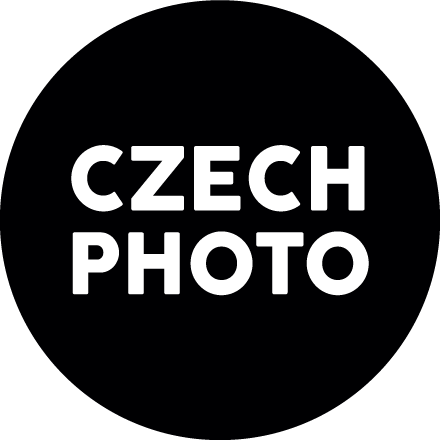
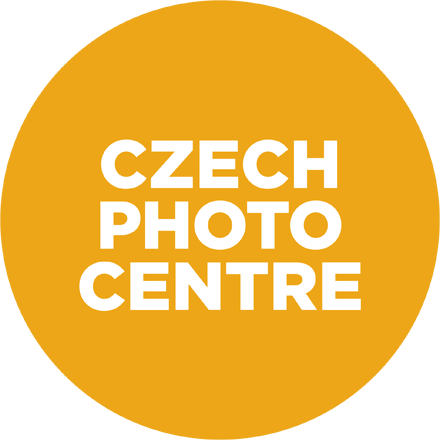
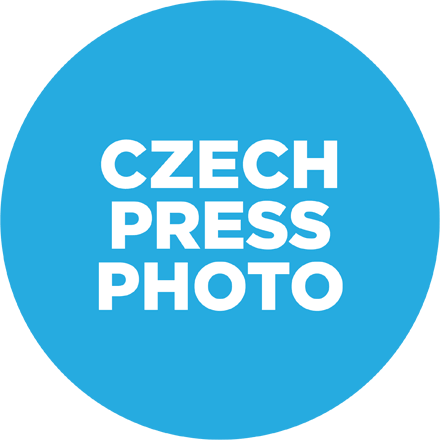
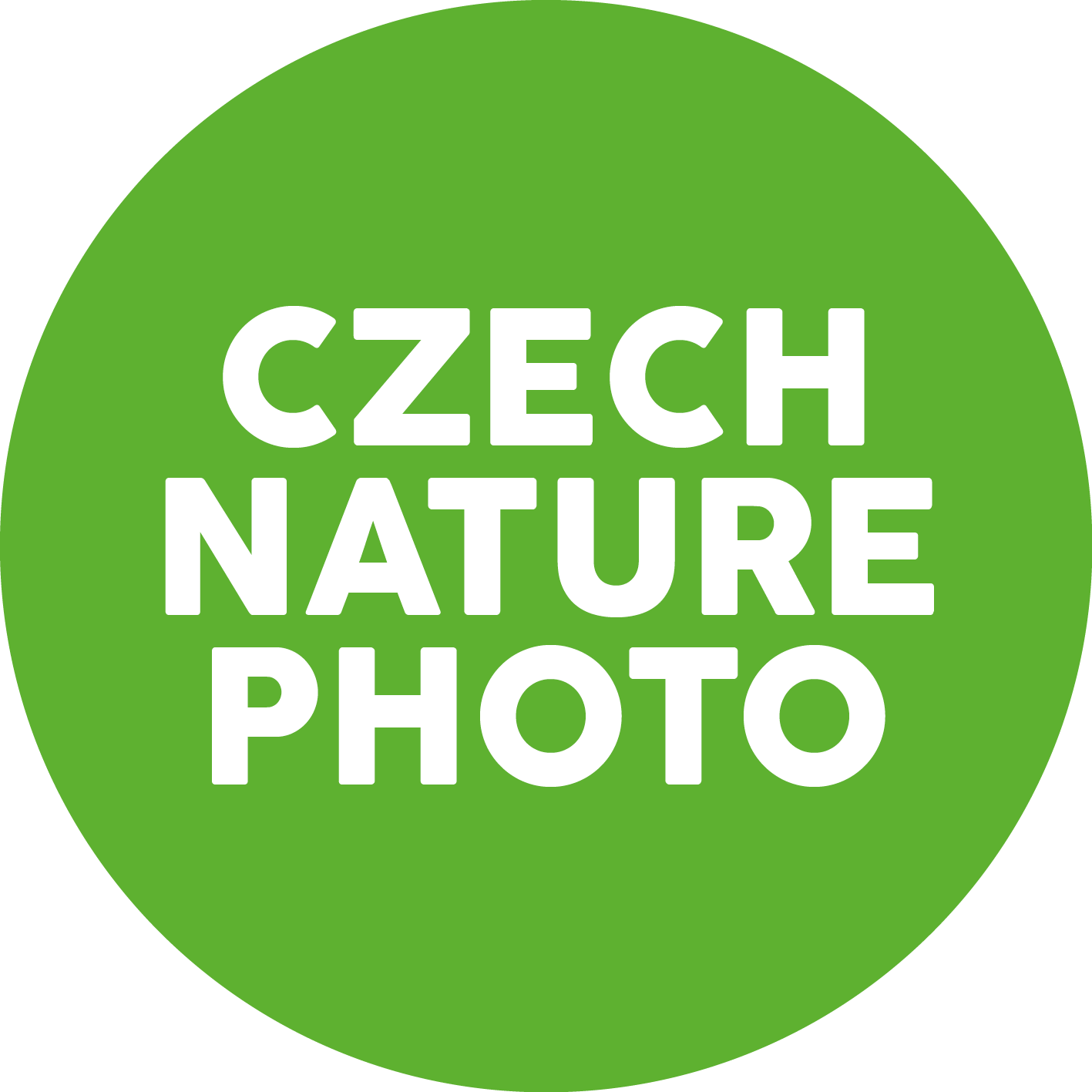

Duration:
15 August – 16 September 2018
Entrance fee:
80 CZK / 40 CZK
Venue:
Large hall CPC
Seydlerova 2835/4
Praha 5 (Nové Butovice)
See map
An exhibition of Oldřich Škácha photographs, The 1968 Occupation, is being showcased in the Czech Photo Centre’s Large Exhibition Hall. This is a set of photos in the collections of the Václav Havel Library, which is a joint organiser of the exhibition. The exhibition will also include the author’s stylised darkroom with the original equipment and photographs of his studio taken by photographer Petr Šálek. At the same time, Evald Schorm’s documentary film Zmatek (Confusion), provided by the National Film Archive, will also be shown within the exhibition. The fiftieth anniversary of the invasion by Warsaw Pact troops of Czechoslovakia is a unique opportunity to hold an exhibition of a comprehensive set of photographs commemorating one of the most tragic moments the history of the second half of the 20th century both within Czechoslovakia and Europe as a whole. The general public will thus be able to encounter a less well-known part of Oldřich Škácha’s work, which has not lost any of its power even five decades later, and its authenticity provides a warning in the context of current forms of threats to human rights and freedoms. The exhibition is part of commemorations and celebrations of important anniversaries in 2018 – the Czech and Slovak Century.
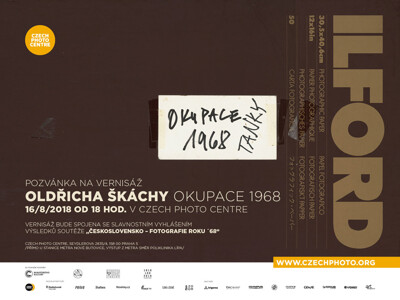
Oldřich Škácha - The 1968 occupation
Authors: Oldřich Škácha, Petr Šálek
Venue: Large exhibition hall Czech Photo Centre
Dates: 15 August 2018 - 16 September 2018 (every day except Mondays)
Opening hours: Tue - Fri: 11am – 6pm / Sat - Sun: 10am – 6pm
Entrance fee: 80 CZK / 40 CZK (concessions),
The events of 1968 and the invasion by Warsaw Pact troops in 1968, which took place exactly 50 years ago this year, are being reflected in a large number of commemorative activities. One of these is the exhibition of Oldřich Škácha’s photographs, The 1968 Occupation. This Czech documentary photographer is mainly known for his photographs of Václav Havel and other figures in politics and culture. The exhibition is taking place thanks to the co-operation of the Václav Havel Library.
From 15 August, this exhibition will be complemented in the Small Hall by an exhibition of pictures in the Czechoslovakia – Photographs of ’68 contest, run by the non-profit organisation Czech Photo together with Czech Radio. During spring, the general public were able to send their own photos to Czech Radio which look back at this period. This resulted in a unique collection of previously unpublished photographs taken by ordinary people which maps both life in the socialist society of the time, and the actual invasion of the troops.
In cooperation with:  Under the auspices of:
Under the auspices of: 
Exhibition author: Oldřich Škácha
(16. 10. 1941 – 29. 3. 2014)
Leading Czech photographer Oldřich Škácha became publicly known as someone who documented the figures in Czechoslovak culture and dissent in the 1970s and 1980s, in particular those around Pavel Kohout and Václav Havel. A unique journalistic set of pictures of the first days of Czechoslovakia’s occupation by the Warsaw Pact troops in August 1968 remained closed in his studio for twenty years. The author himself did not escape a similar fate.
Following the Soviet occupation, he was forbidden from public activity. After a photography apprenticeship, Škácha studied at the State Graphics School in Prague. During the 1960s, he began working for domestic and foreign publishers. He was dismissed from the Svět sovětu (Soviet World) magazine for political reasons. He subsequently joined the Union of Journalists and the Visual Artists’ Foundation and remained an independent photographer for the rest of his professional life. Over time, he took photographs for Czechoslovak theatre and the leading Czechoslovak journals Mladý svět, Svět v obrazech, Květy, Svobodné slovo, Lidová demokracie, Kino, Im Herzen Europas and others.
In the key year of 1968, he documented the Warsaw Pact troops’ invasion of Czechoslovakia, creating a unique set of photographs from the first days of occupied Prague. As normalisation took hold, he was excluded from public life and lost the opportunity to publish in newspapers and magazines. During the 1970s, he took photographs for Strojimport and Čedok, occasionally publishing under different names, and was part of the Czechoslovak dissident movement and he documented the people involved in Charter 77, those around Pavel Kohout and Václav Havel in particular. At the same time, he worked as an assistant gardener at Kratochvíle Castle.
After the 1989 revolution, he was published in Lidové noviny, Salon Práva, the Mladá fronta Dnes magazine, Reflex, Týden, Xantypa, 365 magazine and other journals. He built on his previous work as one of President Václav Havel’s photographers, continuing to do so after his departure from Prague Castle. As a result, he created a comprehensive set of photographs of the Czech ex-President during the final years of his life.
From the 1990s, Škácha held exhibits around the world, such as in Vienna (1998), Istanbul (1999), Dubrovnik and Zagreb (2000), Prague (2001, 2015), Paris (2003), New York and Washington (2004), Litomyšl (2012), Wrocław and Pristina (2016). On the occasion of Václav Havel’s 70th birthday in 2006, he prepared an exhibition of 94 large-format photographs, Václav Havel v proměnách Evropy (Václav Havel in the Transformations of Europe), which were used and continue to be used under various titles by Czech embassies and Czech Centres to promote the Czech Republic across practically the whole world.
He also published books during his career: Minuty z tři sta šedesáti pěti dní roku 1990 / Minutes of the Three Hundred and Sixty Five Days of 1990 (Interpress 1990 68/89); České křižovatky na cestě do Evropy / Czech Crossroads on the Way to Europe: Jaroslav Bárta Bohdan Holomíček, Oldřich Škácha, Pavel Štecha (Studio JB 2004); Václav Havel: Disident, prezident, občan / Václav Havel: Dissident, President, Citizen (2006); Havel navždy / Havel Forever, (Arbor vitae 2012).
Photographs by Petr Šálek
The 1968 Occupation exhibition will be expanded to include photographs of Oldřich Škácha and his studio taken by photographer Petr Šálek.
Petr Šálek on the author: “When I was anywhere near Olda’s studio while taking photos in Prague, I liked to stop by. He always welcomed me warmly and showed me what he was working on over a cup of tea. The place had a special magic for me. The films and photographs laid out on desks or hung up in the darkroom remind me of the time when I too spent many hours in darkrooms, plus that familiar scent of developer and fixer chemicals which you can never forget.”
“Over the fifty years of his work as a photographer, Oldřich Škácha made use of a number of venues for his professional work, where he processed and sorted his photographs, and where he also kept his extensive archive of photographs. The final such place was just below Prague Castle in the Baroque Hartig Palace on Thunovská street in Malá Strana. Its gothic cellars were sufficiently spacious, and because they needed renovation, Olda was able to modify the room’s layout in line with his requirements. There were a number of stairs leading from the palace’s inner courtyard to the spacious main room which served as his office, archive and dressing room. This led into the darkroom and bathroom. The darkroom was key, because even during the digital era, tireless documentarian Oldřich Škácha did not stop taking photographs on black and white film, and he enlarged his photographs himself. In spring and summer, Olda liked to dry his enlargements in the courtyard, hanging them on the clothesline with laundry pegs. I came across him doing this in August 2008 and took some photographs.”
“My final visit to his studio took place on 1 April 2014 just a few days after his death.”
“I endeavoured to take advantage of the last opportunity to capture everything just as Oldřich had left it.”
“He left his kingdom without making preparations, as if he were still amongst us.”